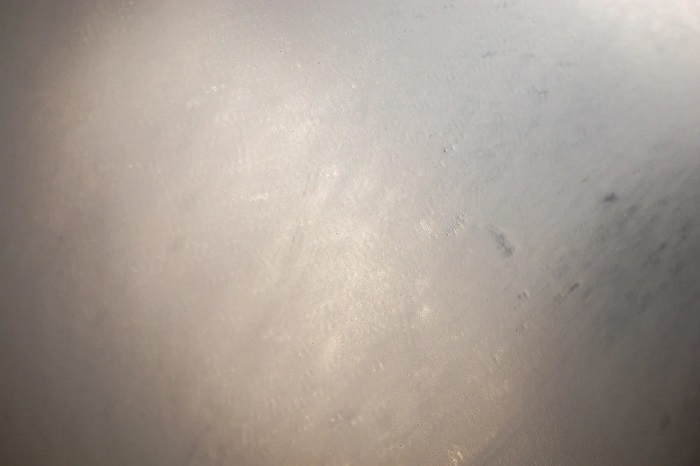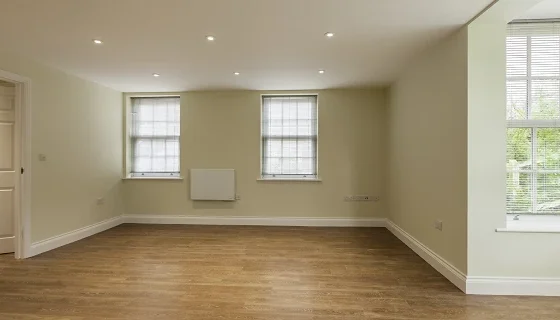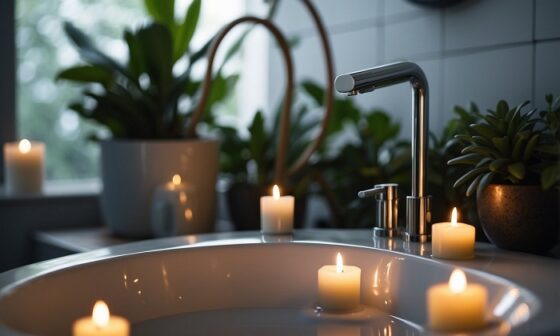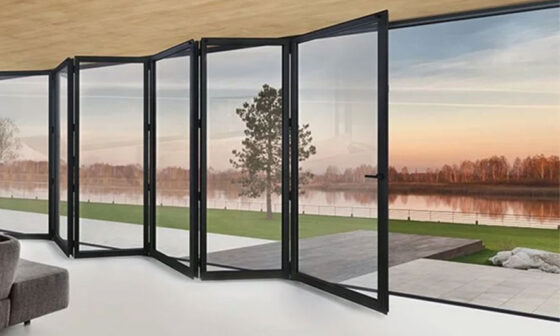
Stepping out of a steamy shower only to find your reflection obscured in the fogged up mirror proves frustratingly common. But mitigating the condensation buildup plaguing bathroom mirrors thankfully just takes a few easy fixes.
This handy guide covers proven techniques to keep mirrors clear alongside evaluating more elaborate anti-fogging mirror upgrades.
Why Do Bathroom Mirrors Fog Up?
The physics behind foggy mirrors relates closely to weather patterns outside. Essentially, water vapour condenses on surfaces whenever humid air carries moisture onto cooler materials like glass.
In bathrooms, hot showers send clouds of warm water particles into the air. As you bathe, airflow currents circulate this moisture-dense air around the room. When these water-rich atmospheres contact the temperature differential of your room temperature mirror, condensation forms.
And unlike weather systems where condensation dissipates quickly, stagnant humid bathroom air keeps supplying additional moisture. This causes water droplets to accumulate rapidly into dense foggy coatings that obscure mirror visibility.
Thankfully though, proactively addressing a few key areas provides very effective fog resistant mirrors.
Adjusting Bathroom Ventilation
The prime factor causing foggy mirrors relates directly to lingering humid air. Therefore, containing and clearing moist air proves critical.
While showering, maintain bathroom doors closed as much as possible to prevent humidity wafting throughout your home. Strictly enforce any fans or ventilation systems get activated before bathing too.
Portable dehumidifiers also help actively condense ambient moisture from the air during and after bathing. Just ensure your extraction systems remain clean and working optimally.
Managing Shower Spray Direction
Be conscious of where and how bathroom surfaces get wet during ablutions. Avoid directing shower heads straight at mirrors whenever possible.
Installing screens, curtains or contained stalls better contains airborne moisture too. This further prevents humidity hanging thickly around your mirrors.
Warming Mirrors
Heating mirror surfaces counters condensation by equalising temperatures across the glass. This prevents humid air cooling rapidly when contacting panels which alleviates fog buildup.
DIY Warming Options
A basic blow dryer works short term for clearing mirrors after bathing. Just avoid excessive heat levels damaging mirror backing.
Stick-on mirror heat pads provide automated warmth evenly across mirror surfaces. Power options range from electric mains to USB ports for convenient integrating based on your bathroom’s existing utilities.
Integrated Defogging Technology
Next level warming mirrors feature internal heat mats with sensors. These automatically activate warming functions upon detecting temperature differentials primed for condensation. Look for built-in defoggers when purchasing new mirrors.
Applying Anti-Fog Spray Treatments
Specialised chemical coatings change surface tension to discourage water beads sticking and condensing on mirrors. Treatments typically contain glycol or silicone substances leaving microscopic water-repelling residues upon drying.
DIY anti-fogging sprays provide temporary humidity resistance between a few days to several weeks depending on environmental conditions and spray quality. Repeat applications eventually fail as layers get disturbed so don’t expect permanent viability from basic drugstore options.
Alternatively, factory-applied hydrophobic mirror coatings bring more durable and uniform fog resistance lasting months to years without reapplying. However, abrasive cleaners damage integrity so avoid ammonia or acidic based mirror cleaners.
While an economical easy fix for light condensation issues, don’t expect spray-on coatings to fare well in chronically humid bathrooms. Airflow and ventilation controls still play the biggest role in effective defogging capabilities.
Insulating Behind Mirrors
Preventing exterior humid air contacting mirror backing also keeps glass temperatures stable and condensation-free.
A protective thermal barrier material installed behind mirrors therefore stops ambient moisture meeting cool glass surfaces prone to fogging. Common insulating materials include:
- Foam tape– Apply thick easily compressible adhesive pads across the mirror rear side.
- Polyethylene film– Install insulating plastic sheeting around mirror edges and backing prior to mounting on the wall.
- Sealant beads– Caulking trimmed around mirror perimeter secures a thermal air pocket layer against the wall.
While annoying losing a fraction of mount depth, the extra few millimetres insulation prevents direct air currents contacting and rapidly cooling glass from behind.
Mitigating Common Mirror Fog Causes
Besides mastering humid air dynamics, a few operational and maintenance changes further discourage condensation woes:
- Crank bathroom heating before showering
- Replace worn door seals allowing steams escapes
- Fix plumbing leaks and dripping taps adding excess ambient moisture
- Clean soap scum and mildew prone to accelerate air moisture levels
- Wipe mirrors dry immediately after bathing
- Polish mirrors using vinegar to remove mineral residues encouraging condensation adhesion
Weighing the Costs of Anti-Fogging Mirror Upgrades
If implementing ventilation changes and basic heating hacks fail resolving chronic fog woes, installing purpose-built defogging mirrors represents the ultimate solution.
However, the advanced integrated warming technology does bump up costs compared to ordinary mirrors. And with large mirrors spanning wide wall areas, expenditures climb further. Even DIY film kits cost noticeably more than basic glass panels.
Evaluate whether consistently clear reflection visibility warrants shelling out premium dollars in your specific bathroom space and usage levels. For tight budgets, the previous tips targeting humidity control work well.
But if managing continually foggy mirrors Frustrates household members, purpose built warming mirrors enhance quality of life considerably. Just ensure electrically powered options get installed safely by qualified professionals to avoid any fire or electrocution risks.
Confidently Clear Foggy Mirrors
Don’t let the annoyance of foggy bathroom mirrors continually disrupt your home’s harmony. Apply the proven techniques around airflow management, surface treatments and controlled condensation conditions.
supplement with convenient warming hacks using basic blow dryers, USB pads or permanent inwall defoggers if humidity issues persist.
Soon you will be able to comfortably view clear reflections stepping straight out the shower without laborious manual wiping rituals. Savour precise grooming and relaxed home spa atmospheres devoid of foggy frustrations!



